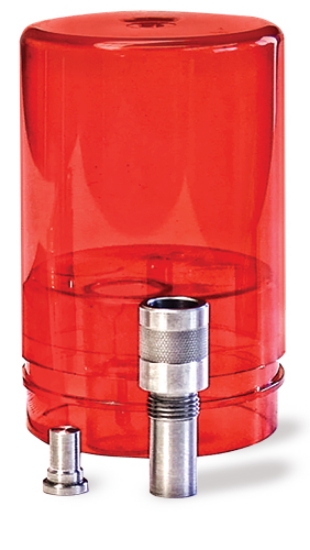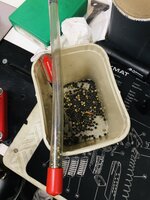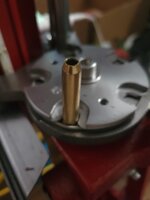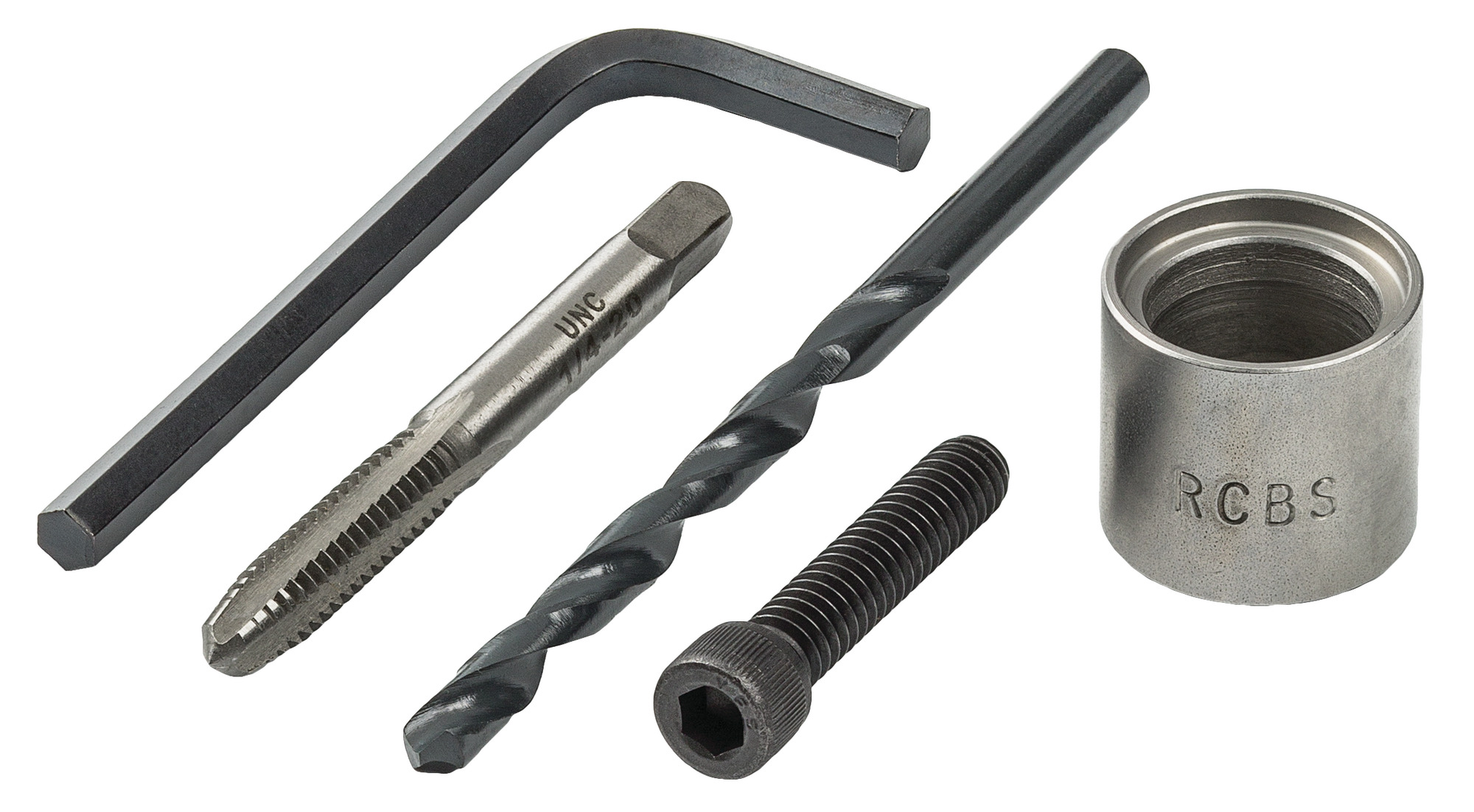Bronze Supporter
- Messages
- 19,935
- Reactions
- 55,658
I am interested in knowing the cause of this defect.
I inspected the entire lot and some were tight in the case gauge (trust nothing that doesn't fit). I ran them through the sizing die (decapping rod is removed due to priming off press) and they sized appropriately. Still haven't figured out what was the deal with the funky ones but they were deprimed and tossed in the trash.
I've found many 9mm& 40S&W cases that split and had case head separations although I've never had it happen on my watch.During the course of cleaning some 9mm fired brass the other day, I noted one case that had split during firing. Which made me ponder; it isn't often that we see a 9mm case that fatigue splits.
I use cartridge headspace gauges on all the rifle cases. I like the L.E. Wilson design. I've had Lymans, they are okay. Lately, I bought a 243 gauge made by Hornady, I don't like it as much as the Wilson.
I use them for my own piece of mind, nothing more frustrating than getting to shoot and the ammo is crap.
I don't use cartridge gauges for handgun ammo. I've never found it necessary. For one thing, straight wall cases don't tend to grow much. Revolver brass could grow a lot before they wouldn't work. In my experience it has been a very rare thing for a 9mm, 10mm or .45 ACP case to be so long as to not chamber. The only time I had an issue with a couple of 9mm's was with a Smith & Wesson Model 547 revolver, which was made to very close tolerances. Never in a semi auto pistol.

















